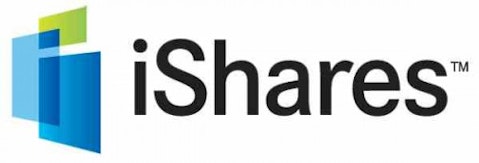It has been a good run over the past year for the iShares iBoxx $ High Yid Corp Bond (NYSEARCA:HYG). Likewise, the SPDR Barclays Capital High Yield Bnd (NYSEARCA:JNK) has run-up over the past 12-15 months. Investors that were astute enough to buy either fund in early September 2011, as riskier assets were being shunned amid fears of a global economic slowdown and the European debt crisis, would be sitting on almost eight percent and seven percent, respectively, with HYG and JNK. Those numbers do not include the robust yields offered by each fund.
In large part, it has been the yield grab -– by institutional and retail investors –- that has driven massive inflows to HYG, JNK and rival high-yield bond ETFs. Earlier this week, Bloomberg reported junk bond funds hauled in $3.63 billion in investor cash for the week that ended September 19 with 40 percent, or $1.45 billion, of those inflows, going to ETFs.
On the other hand, the high-yield bond ETF group might be getting a little frothy and chasing performance and yield in these bonds at current levels could be dangerous, according to some market observers.
“The time to have bought high-yield bonds was last summer,” Street One Financial Vice President of ETF and Options Sales Paul Weisbruch said in an interview with Benzinga. “People are chasing price appreciation and yield now.”
It looks like Weisbruch’s view on the matter is accurate. On Tuesday, Morgan Stanley said in a research note that dollar prices for high-yield bonds are topping out and slack economic data is pressuring firms that have non-investment grade ratings, Bloomberg reported.
Now there is evidence of outflows. High-yield bonds and ETFs recorded a $310 million net outflow in the week ended Wednesday, Barron’s reported, citing Lipper data.
Weisbruch said that “some paper is trading at overly optimistic levels” and that “this is a great time to be taking profits.” He also noted that high-yield bond ETFs could see selling pressure toward the end of this year as some money managers may opt to swap out of one fund, say HYG, into another such as JNK for tax reasons.
“People with long-term time horizons will be OK with high-yield bond ETFs,” said Weisbruch. “If it is a short-term trade now, people could lose the benefit of the high yield because the risk/reward isn’t there. There’s an overhang of people in the money and those chasing? Who’s usually right in that situation.?”
Not All Bad It is not all gloom and doom for junk bond ETFs. Funds other than HYG and JNK are attracting inflows and a spate of new junk bond ETFs have debuted this year with several already off to banner starts.
Some trading desks are also migrating toward using high-yield bond ETFs instead of controversial credit default swaps, a situation that Weibruch views as good news.
“Trading desks using high-yield bond ETFs instead of swaps creates more turnover and asset flows,” said Weisbruch. “The CDS market has unpredictable transparency and unpredictable counterparty risk. That isn’t an issue with HYG and JNK.”
Weisbruch pointed to the PowerShares Exchange-Traded Fund Trust II (NYSEARCA:BKLN) as an example of an ETF trading desks could use in lieu of CDS. While the PowerShares Senior Loan Portfolio is not the most well-known junk bond ETF on the market, its asset growth is nothing short of stunning. In early July, BKLN had almost $583 million in assets under management. That number is now almost $878 million as of the close of markets Thursday, according to PowerShares data.
“BKLN is predictable about what’s in it,” Weisbruch said. “A lot of its paper trades regularly.”
For now, those looking to trade high-yield bond ETFs for short-term capital appreciation may be best served waiting for a healthy correction, something many of these funds have not seen since the second quarter.
This article was originally written by The ETF Professor, and posted on Benzinga.






